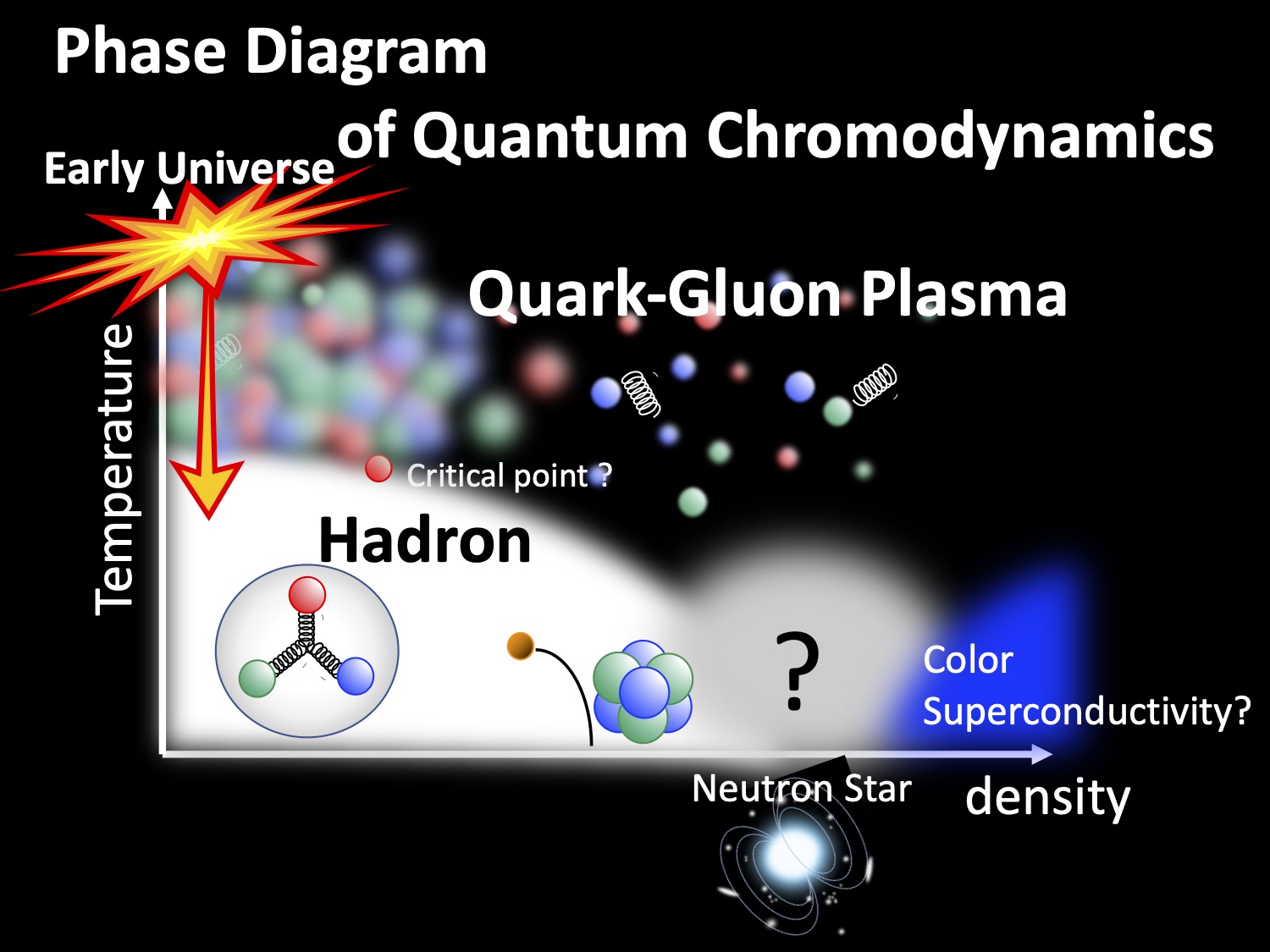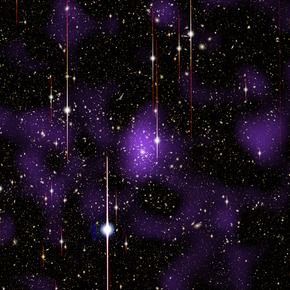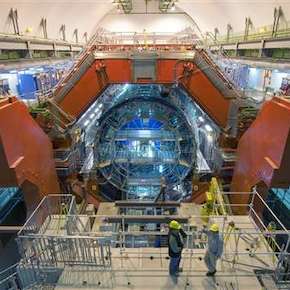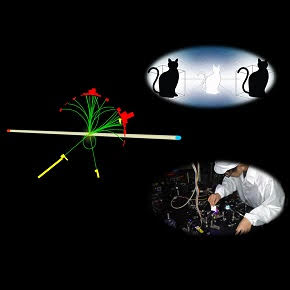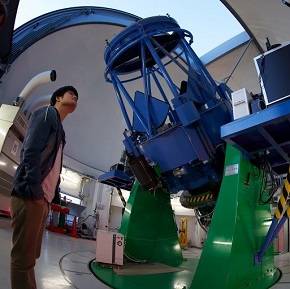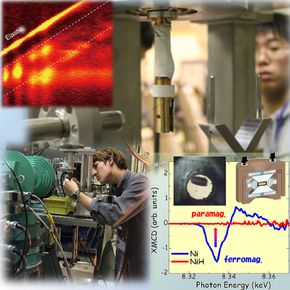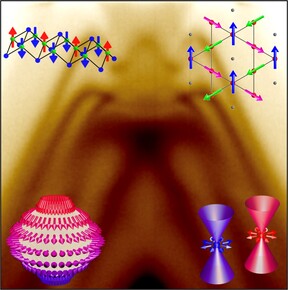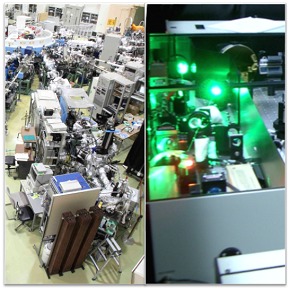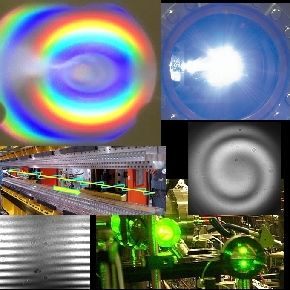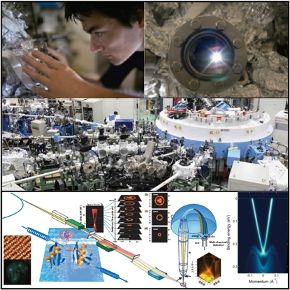Theoretical Particle and Hadron Physics
Understand the laws and unravel puzzles in the world of fundamental particles
We employ computer simulations or use just a pen and paper to develop novel theoretical frameworks of particle physics. Our goals are to understand the origin of the laws of the fundamental particles and what matter constitutes the Universe and how, and also to unravel puzzling phenomena that are inexplicable with the current Standard Model of particle physics.
